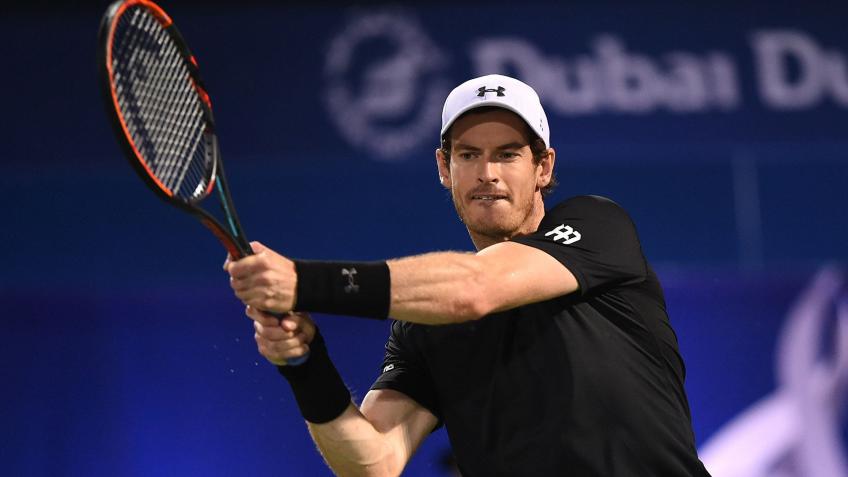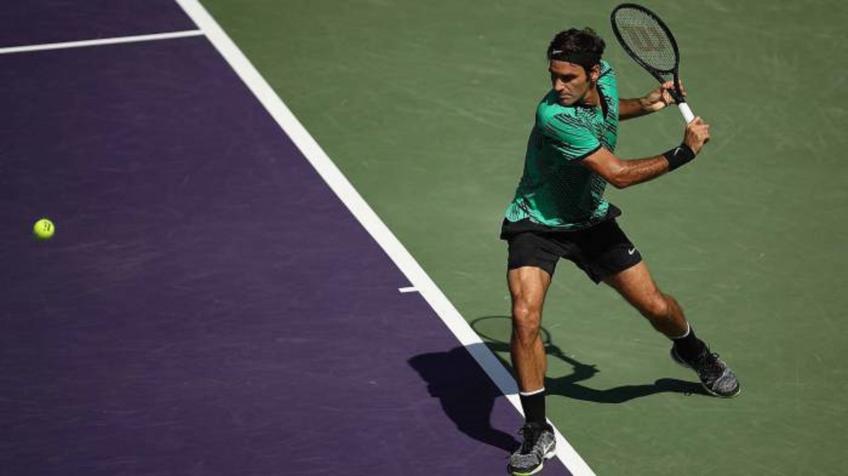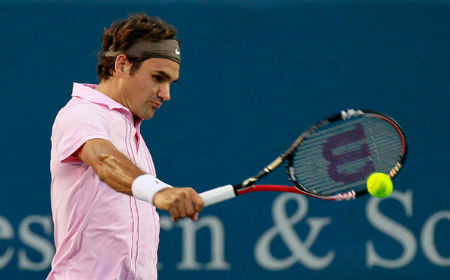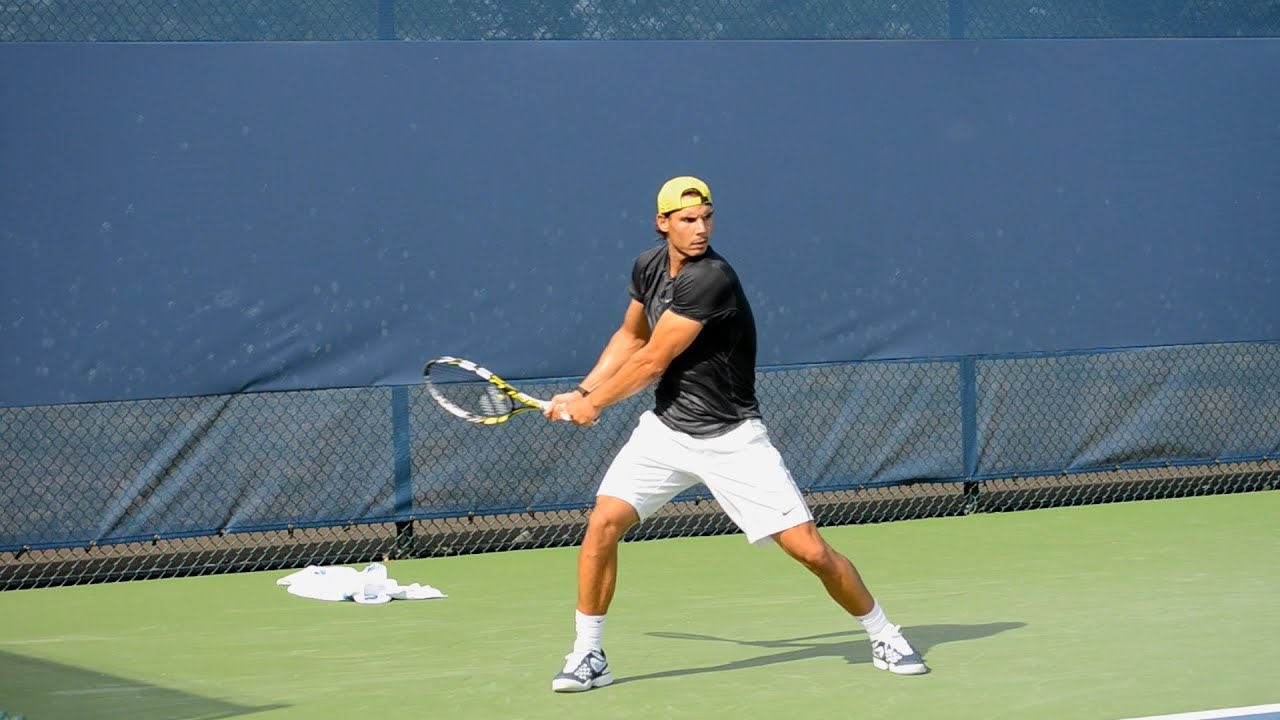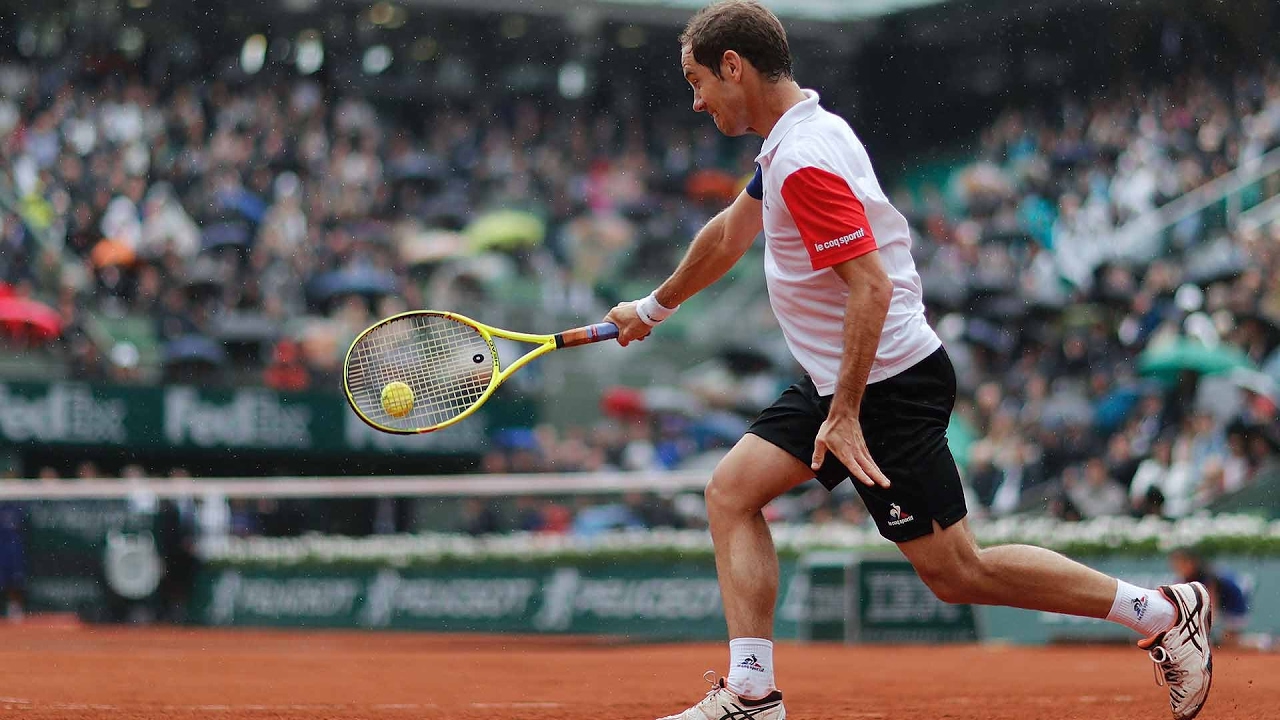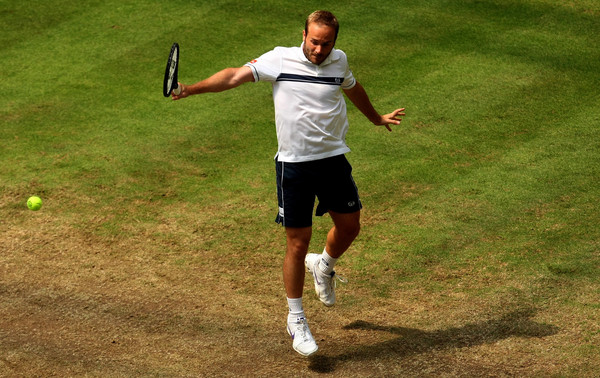We all know Roger Federer currently uses his iconic RF97 Autograph frame having switched in 2014 but I thought that it would be a fun exercise to pick out which racquets pros have used that were my favourites. There are some real classic player frames in here, several of which I have owned myself.
While this list won’t be useful if you are trying to find a new tennis racquet, seen as though most of the frames are no longer in production it’s interesting to see what the players were using in the early and mid-2000s.
Some of those who are still playing in 2020 are using the same racquets, albeit with more modern paint jobs. Side note: if you are looking for a racquet I recommend you look at this guide from Perfect Tennis about buying the best racquet for your game which is very well put together.
Let us know if you are aware of any errors on my list below and we’ll update our information.
Men
Roger Federer – Wilson, nSix-One Tour (90″ head)
Marat Safin – Head, Flexpoint Prestige Mid
Benjamin Becker – Babolat, Pure Control
Robin Soderling – Head, Flexpoint Radical
Tommy Haas – Dunlop, Aerogel 400
Guillermo Coria – Prince, 03 Tour
Rafal Nadal – Babolat, Aeropro Drive
Carlos Moya – Babolat, Pure Drive Team
Fabrice Santoro – Head, Flexipoint Radical MP
Andre Agassi – Head, Flexpoint Radical OS
David Nalbandian – Yonex, RDS 001 (98)
Tommy Robredo – Dunlop, Aerogel 300
Andy Roddick – Babolat, Pure Drive Roddick
Gaston Gaudio – Wilson, nSix-One (95″)
Nicolas Kiefer – Wilson, nSix-One (95″)
Women
Amelie Mauresmo – Head, Flexpoint Radical MP
Venus Williams – Wilson, n4
Martina Hingis – Yonex, RQS 11
Lindsay Davenport – Wilson, nTour
Anastasia Myskina – Head, Flexpoint Instinct
Justine Henin – Wilson, nTour-Two
Jelena Jankovic – Prince, 03 Red
Ana Ivanovic – Wilson, nTour
Maria Sharapova – Prince, 03 White
Serena Williams – Wilson, n3
Kim Klijsters – Babolat, Pure Drive Cortex
Tatiana Golovin – Wilson, n4 Midplus
Elana Likhovtseva – Wilson, nSix-One (95″)
